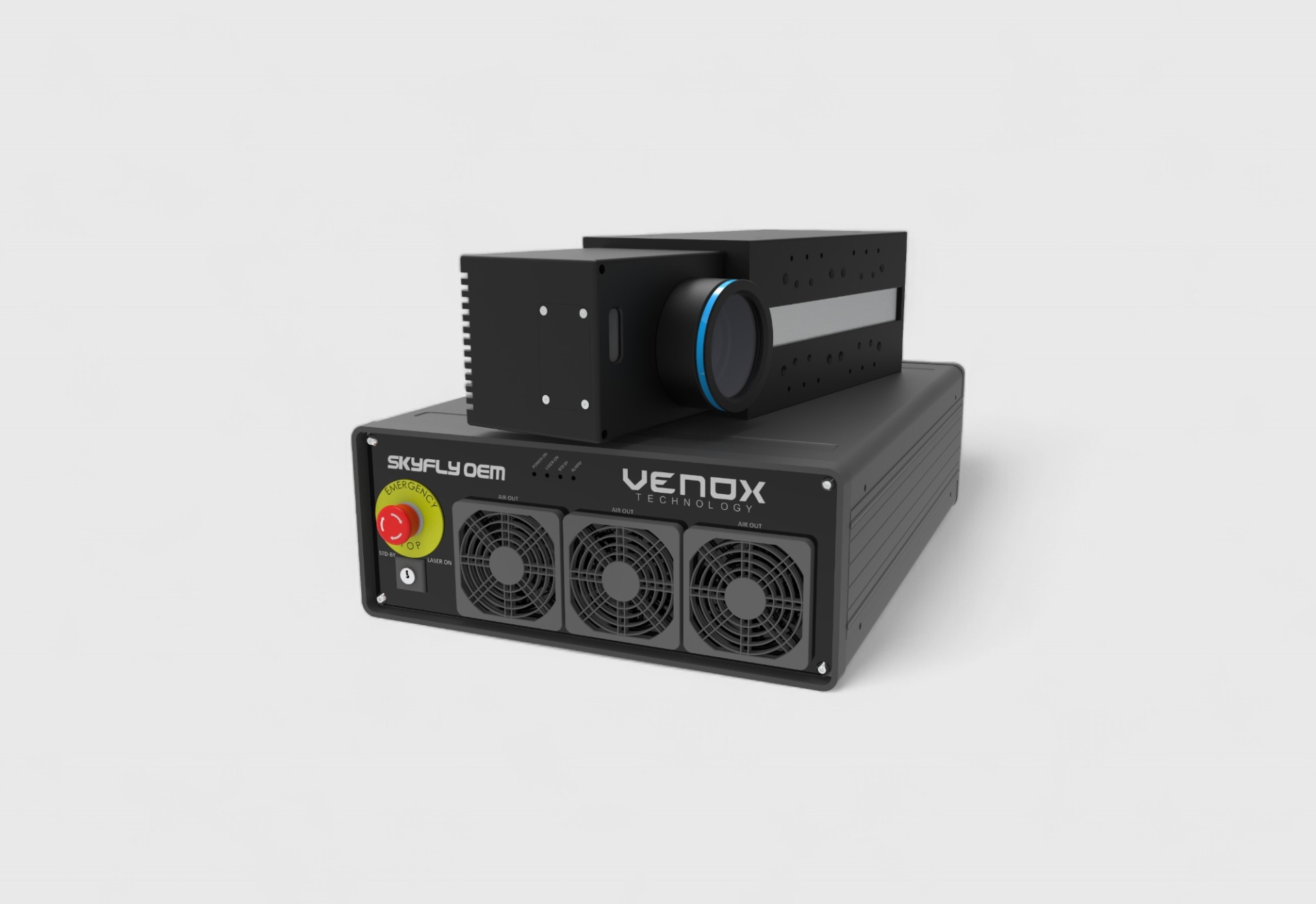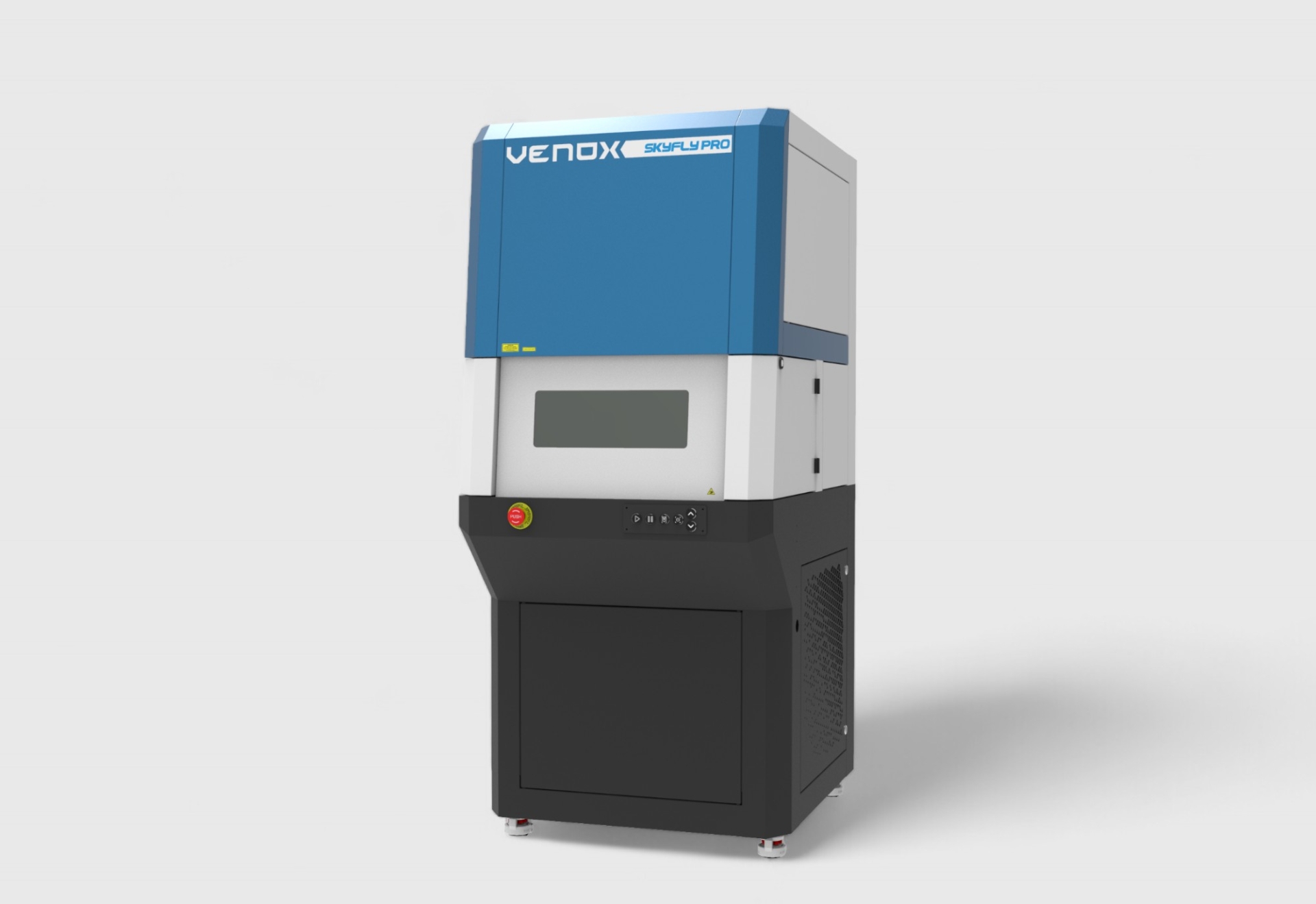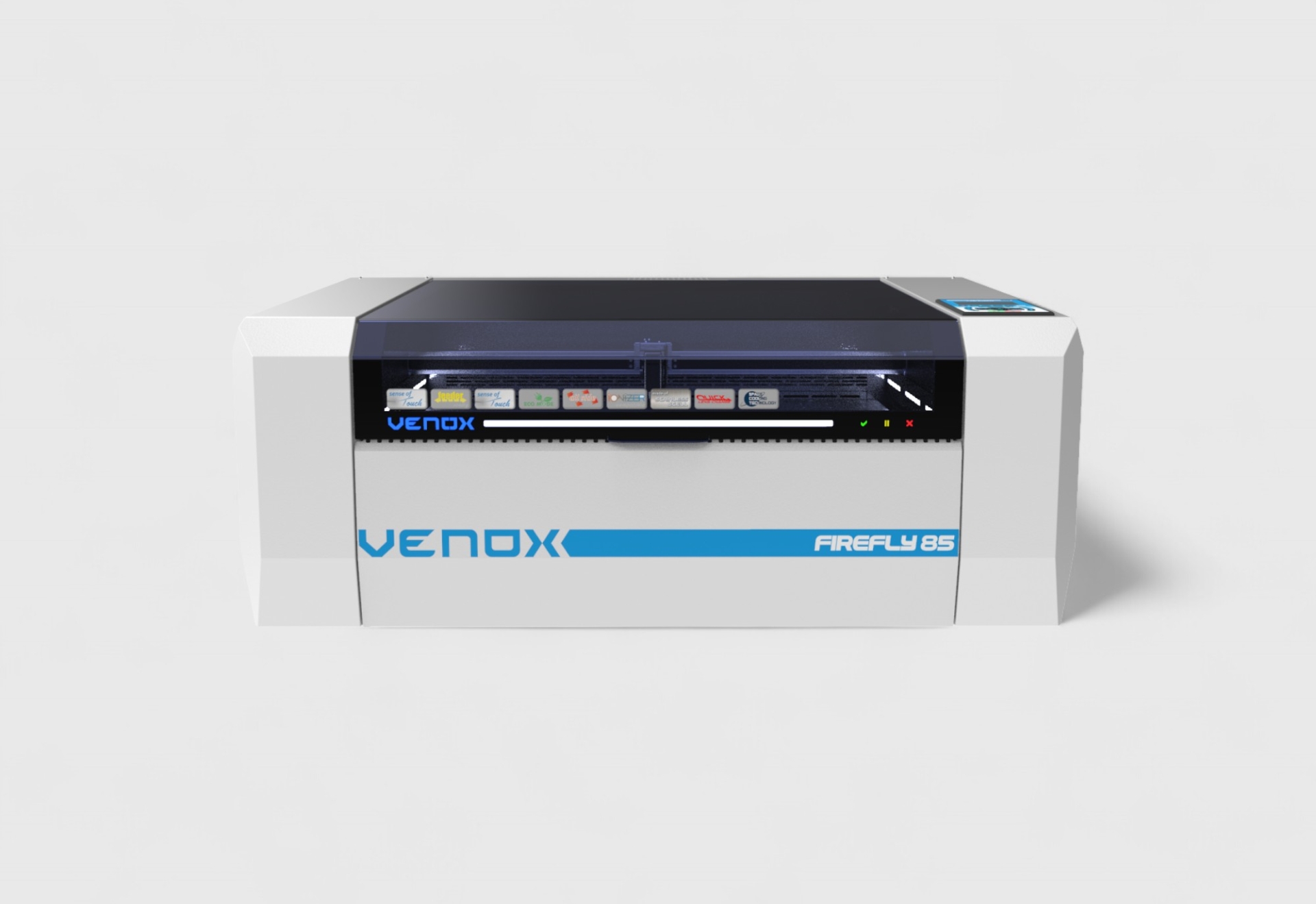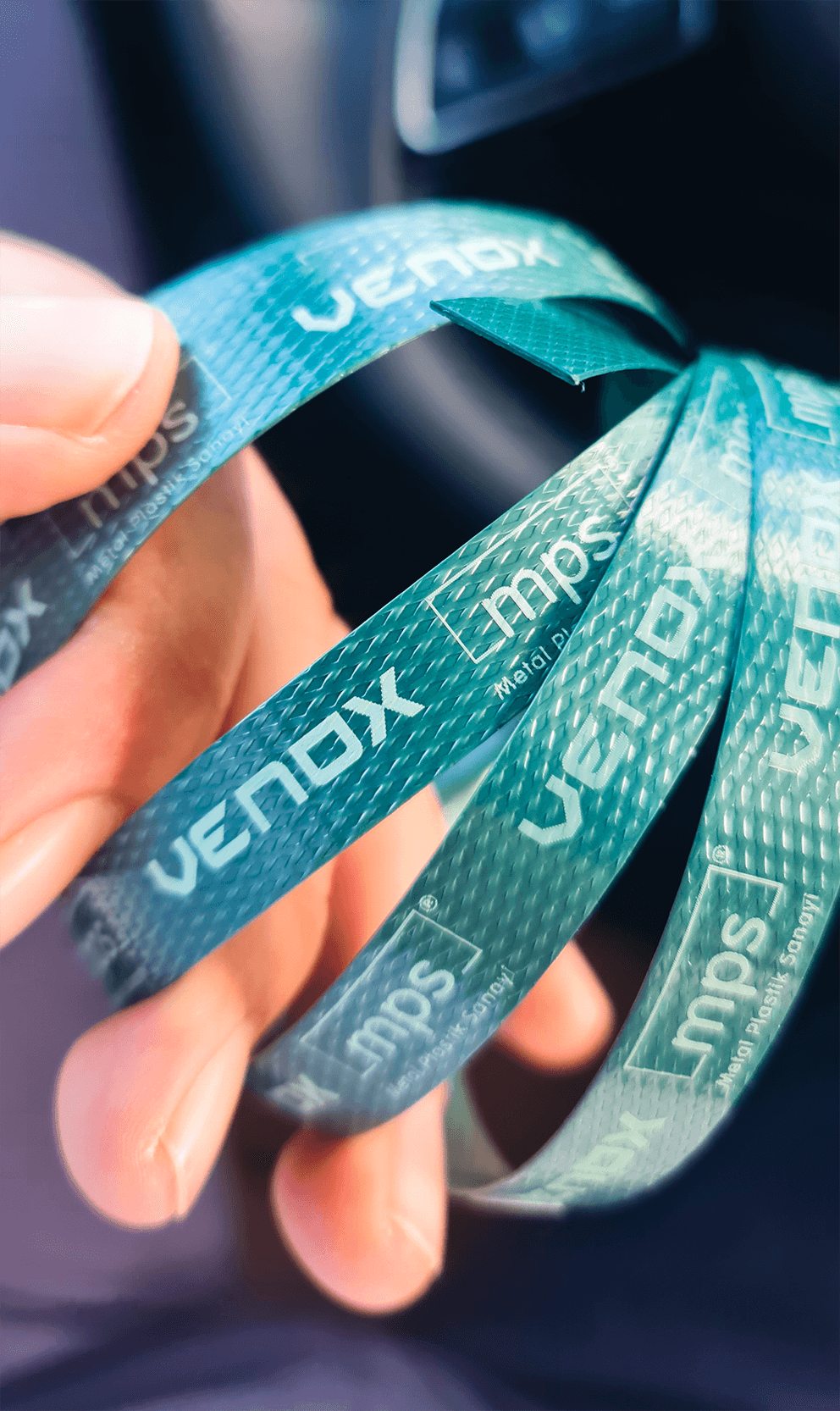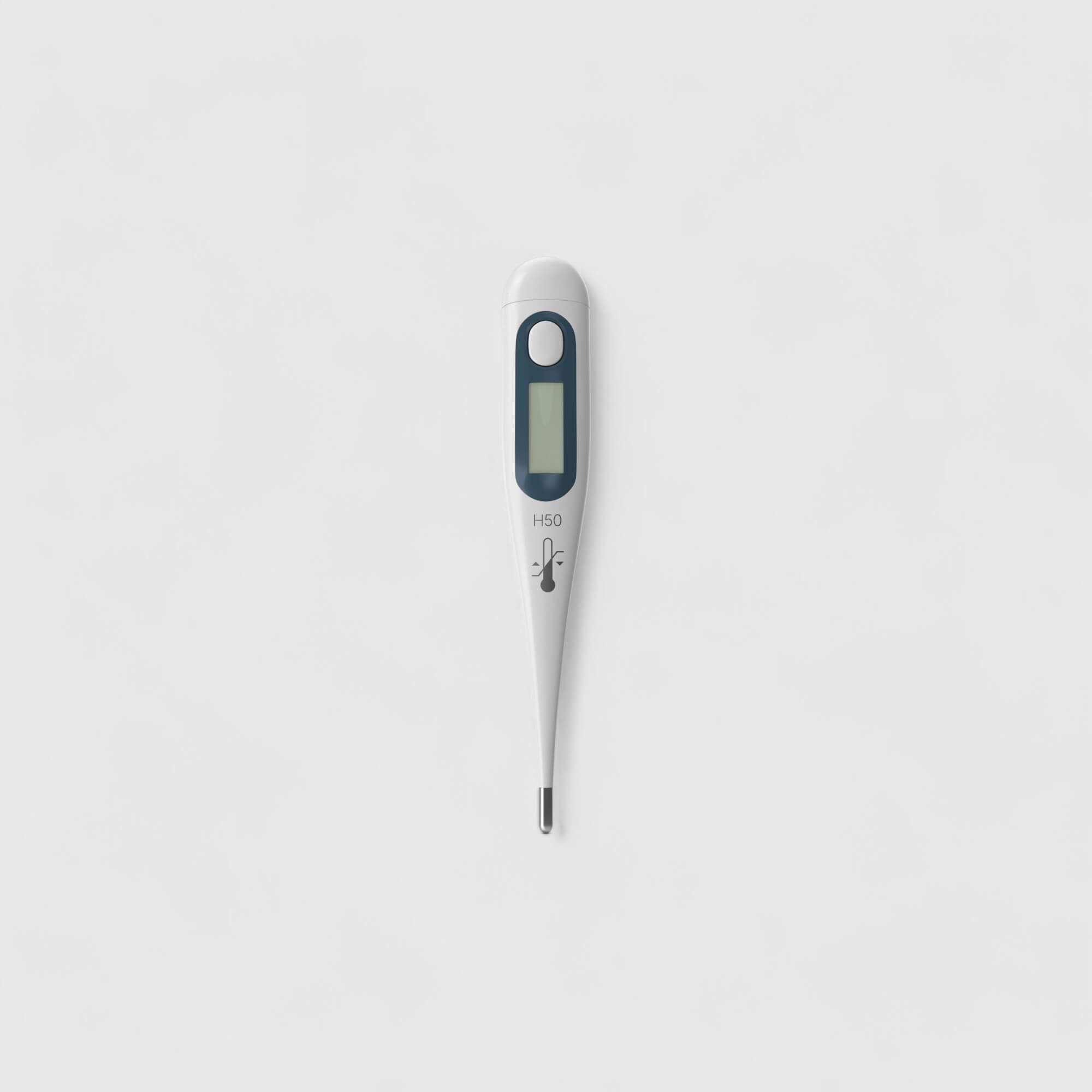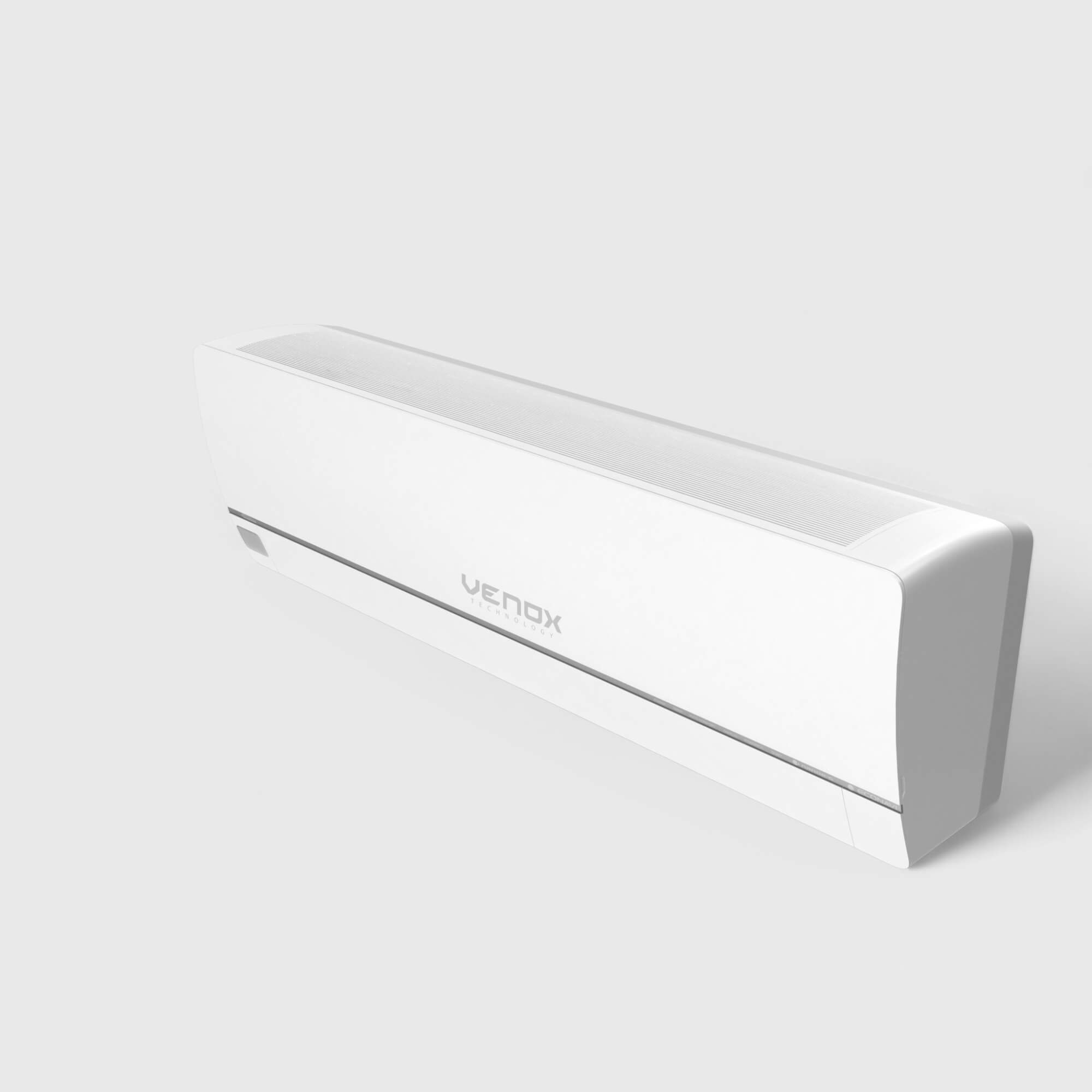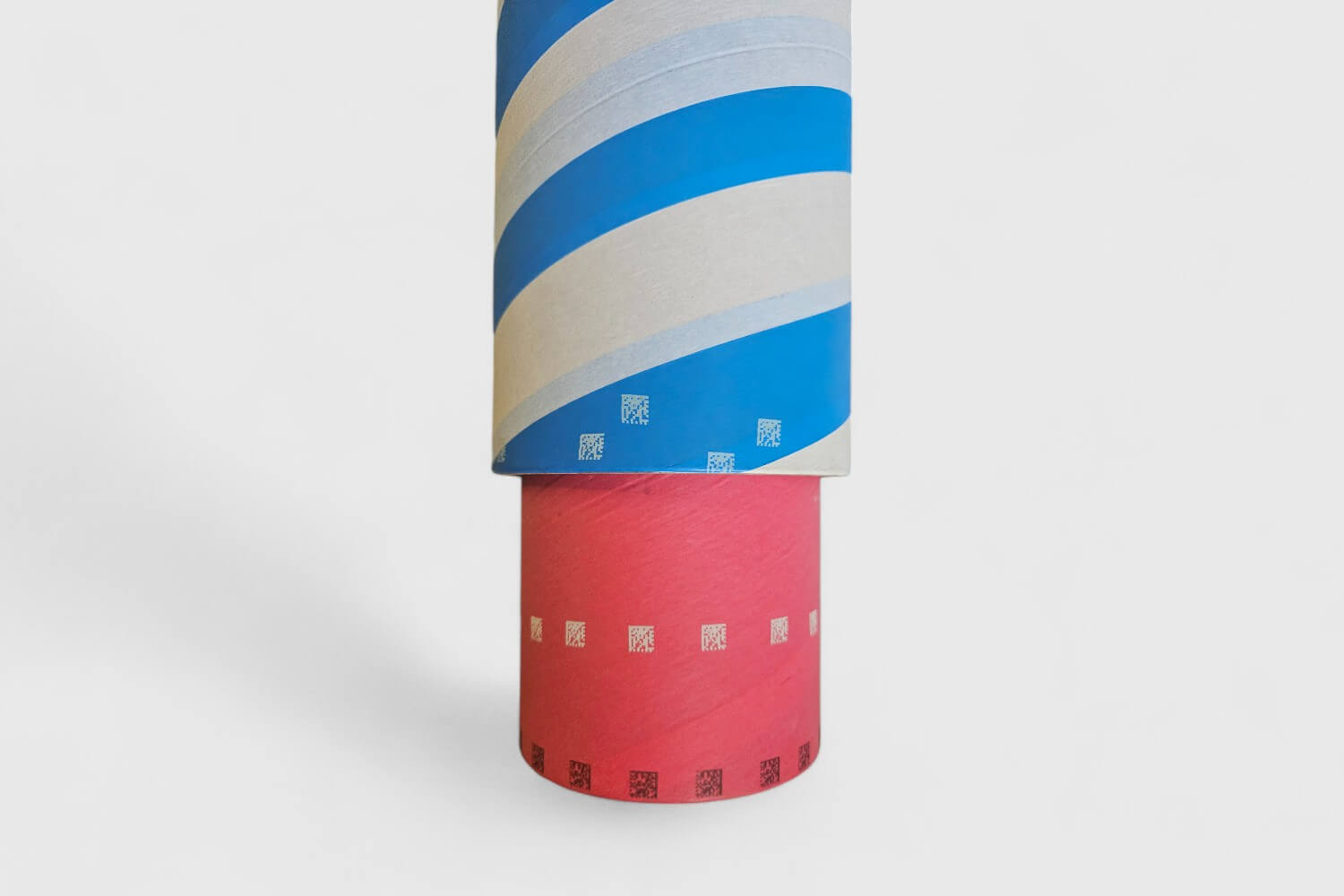Venox Technology's UV laser marking systems offer excellent results, especially on sensitive materials. Using ultraviolet light, these systems can process at low heat and with high precision, which minimises the risk of deformation or burns on materials.
They can produce extremely clear and fade-free markings on a variety of materials such as plastics, glass, metals and silicon. UV lasers are also used in areas such as pharmaceutical packaging, cosmetic labelling and electronic components. They are energy-efficient with fast processing capacities and low power consumption. UV laser systems facilitate quality control processes and are effective in critical tasks such as product anti-counterfeiting and brand protection.
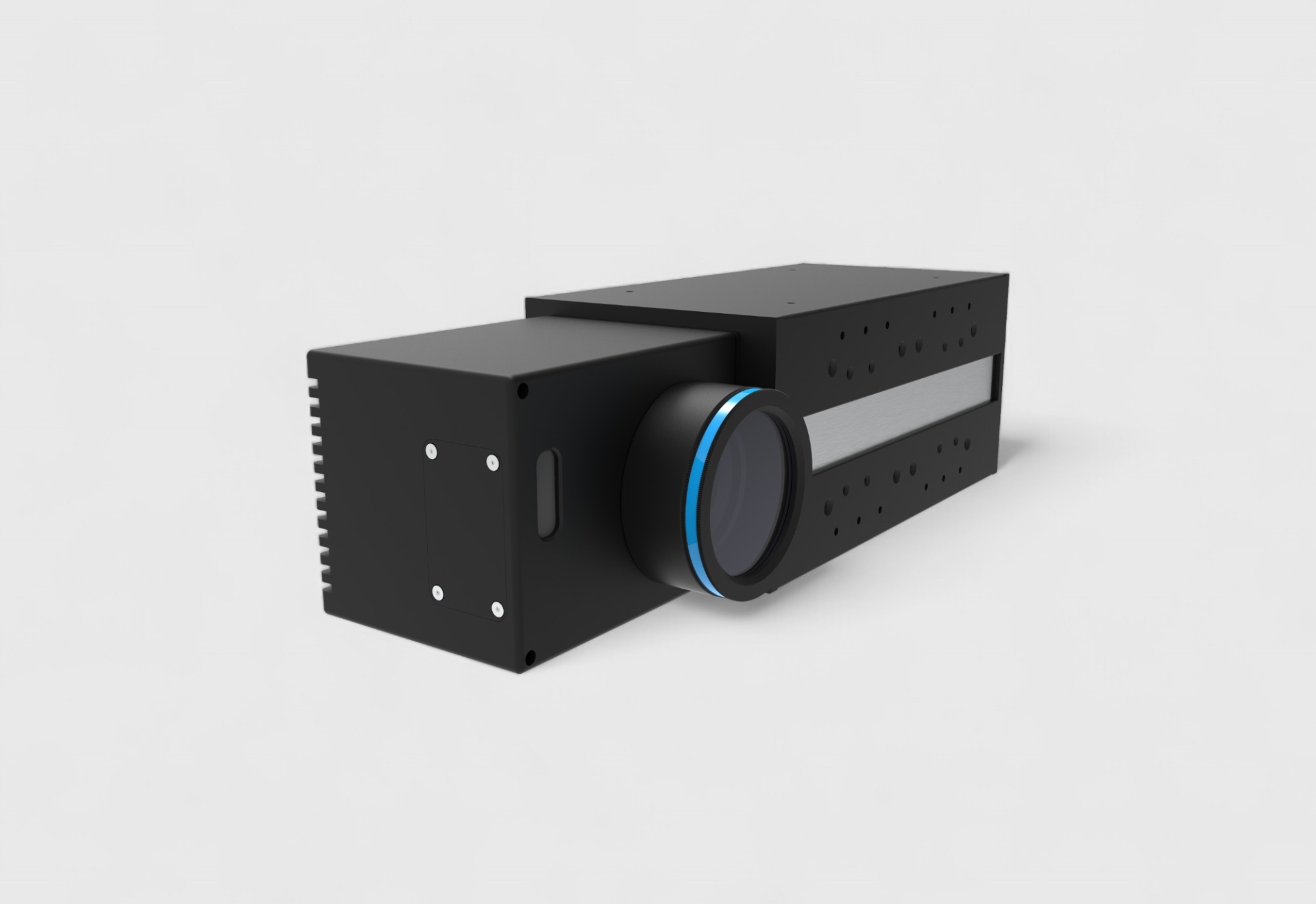
What are UV Lasers?
What is a UV laser and how does it work?
UV lasers use ultraviolet light to mark material surfaces at low temperatures. This method provides detailed markings without altering the structure of the material.
Which materials can UV lasers be used on?
UV lasers can be effectively used on materials such as plastic, glass, metal, and silicone.
How should UV laser systems be maintained?
Periodic optical cleaning and system updates are required, but overall maintenance needs are low.
Are UV laser markings permanent?
Yes, markings made with UV lasers are permanent and provide high-resolution details.
What are the advantages of UV laser systems?
High-detail and low-temperature marking, energy efficiency, and material versatility are the key advantages of UV lasers.
Differences from Other Types of Lasers
Wavelength:
UV lasers have a shorter wavelength compared to fiber and CO2 lasers, enabling more precise and detailed markings.
Heat Effect:
UV lasers apply minimal heat to the material, making them ideal for heat-sensitive materials. In contrast, fiber and CO2 lasers typically generate higher heat.
Applications:
UV lasers are especially preferred for sensitive applications like electronics and medical components, whereas fiber lasers are better suited for metal processing and CO2 lasers for organic materials like wood and leather.
